TechRadar Verdict
Grado finally enters an already saturated market, and immediately leaps to the top of the class, thanks to an impressive sound, great controls, and a lightweight build.
Pros
- +
Hugely impressive sound in every respect
- +
Responsive touch- and voice-control
- +
Light and fairly comfortable
Cons
- -
No active noise-cancelling
- -
No control app
- -
Fit can be a little fiddly
Why you can trust TechRadar
One-minute review
It's not like Grado to rush to be first into a new sector of the market. But the good news is: the GT220 true wireless earbuds have been entirely worth the wait.
On paper, the GT220 seem to have their work cut out. $259 / £250 / AU$365 for small, humdrum-looking true wireless in-ears with no active noise-cancelling and no control app? Even though the battery life (36 hours in total from the buds and their charging case) is competitive, even though touch- and voice-controls are very welcome, and even though the Grado name carries a lot of credibility (and consequently expectation), how are the GT220 meant to stand out in a market that’s already awash with alternatives at every price-point?
By performing with absolute confidence and assurance, that’s how. By extracting every shred of information from digital files of your favorite music and delivering it with such authority, and in such a complete and coherent manner, that it sounds fresh even if you’ve heard it a thousand times before, that’s how.
Hearing the GT220 do their thing makes the narrowness of their specification irrelevant.
If you want to be completely isolated from the outside world while you’re listening, well, you’ll need to look elsewhere. If you want to be able to fuss with EQ levels, you’ll need to look elsewhere, too – and anyway, the sonic balance of the Grados isn’t going to be improved by your manipulating a five-band equalizer.
If, however, you want a complete sonic picture that’s alive with detail and nuance, and thrillingly musical at the same time, the GT220 are a solid choice. That's why they're included in our best wireless earbuds guide. Read on for our full Grado GT220 review.
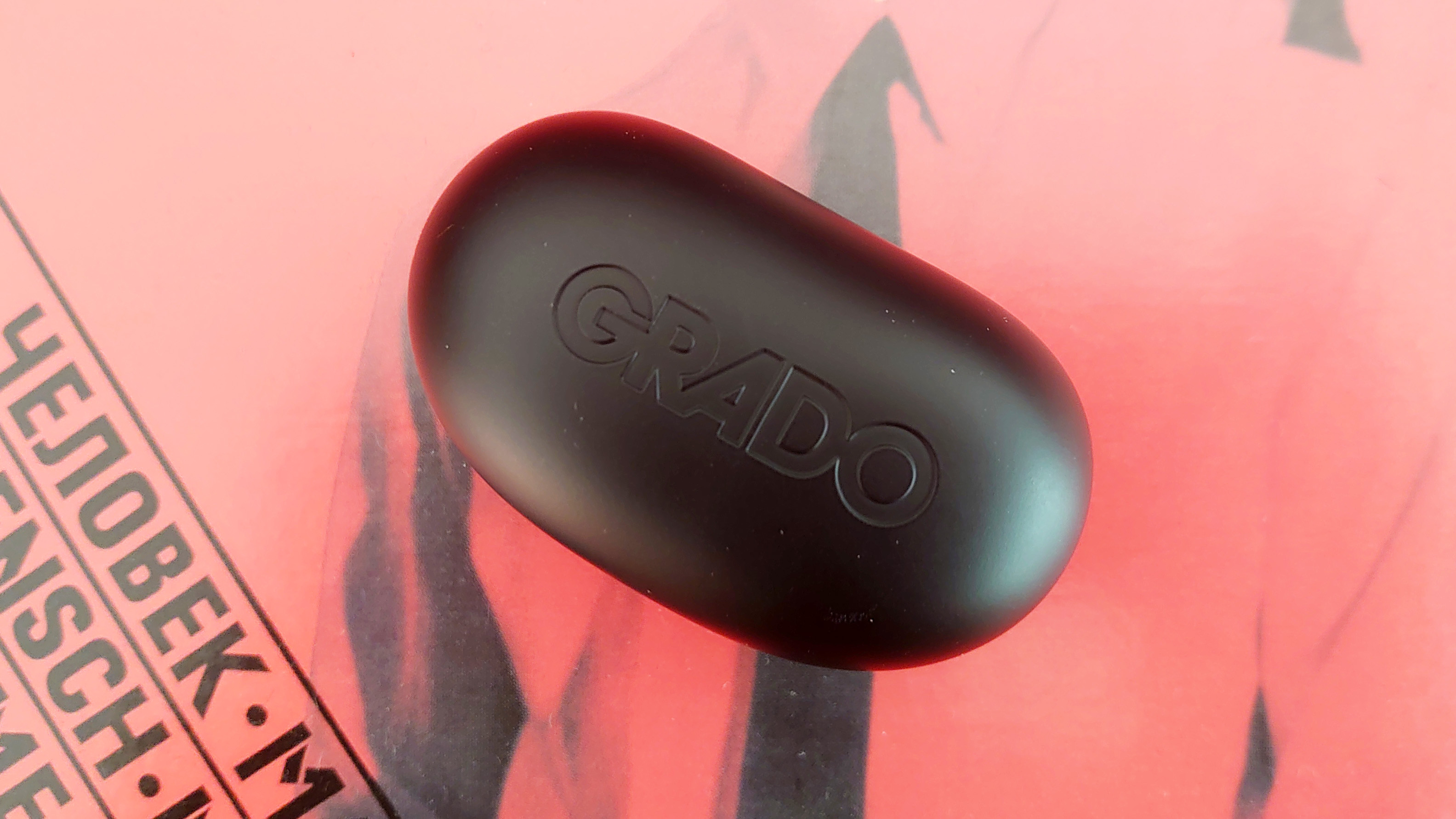
Grado GT220 price and release date
- Available now
- $259 / £250 / AU$365
The Grado GT220 true wireless in-ear headphones are on sale now, priced at $259 / £250 / AU$365. That puts them up against some very well-regarded alternatives (such as Sennheiser’s Momentum True Wireless 2 and Bose’s QuietComfort Earbuds), most of which have better on-paper specification than the Grados.
Mind you, no company – not even Sennheiser or Bose – has an audio reputation that’s more impressive than that of Grado. So it balances out, kind of.
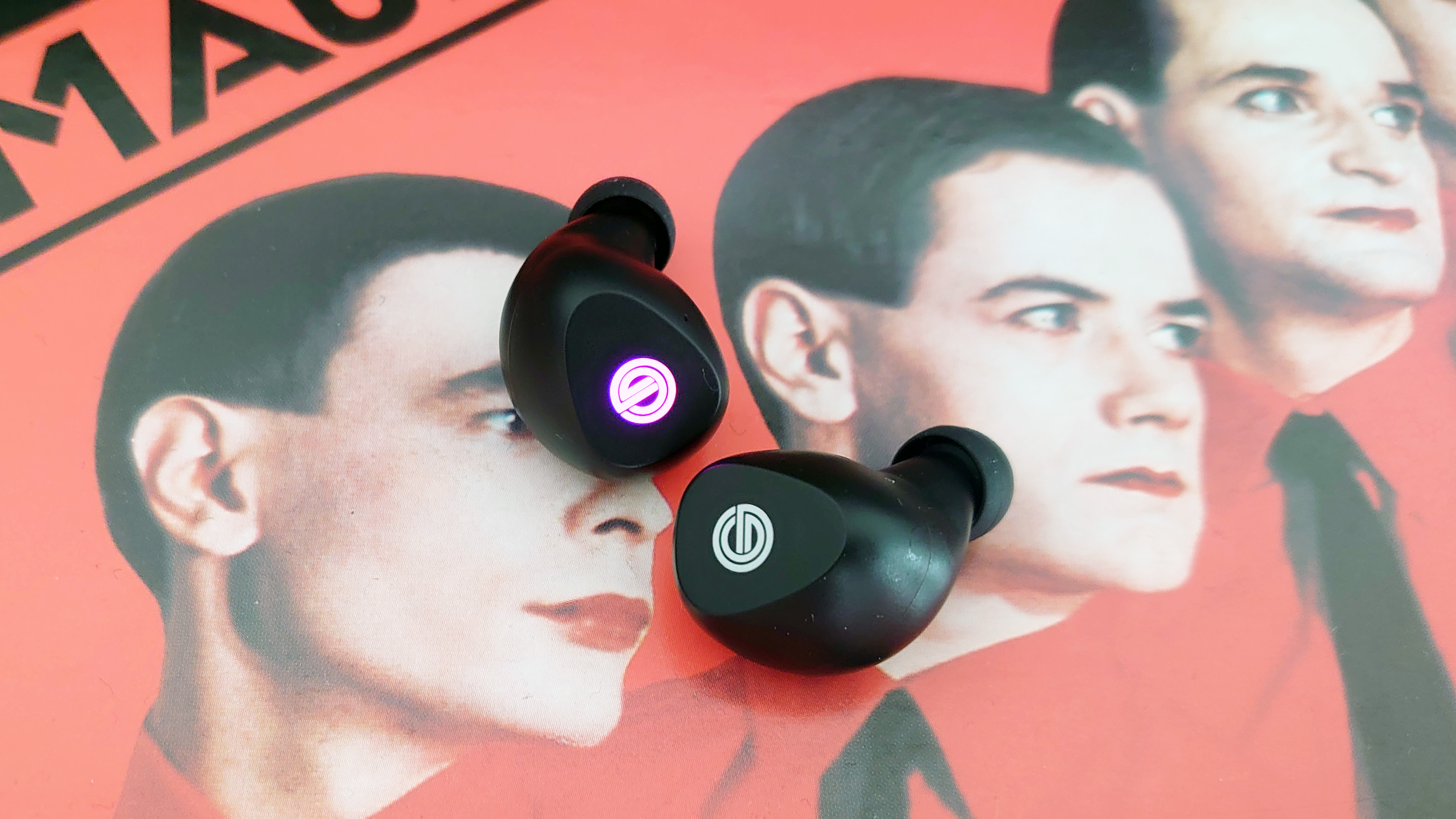
Design
- 8mm polyethylene terephthalate drivers
- Touch- and voice-control
- 36 hours all-in battery life
This is obviously a tricky one for Grado, as no one was building true wireless in-ear headphones in the 1950s – and it’s the 1950s that has seemed to be Grado’s design touch-stone with each and every pair of over-ear headphones it’s ever turned out. So with no ancient reference point, how best to describe the design of the GT220?
For starters, the look is anonymous – the likes of Bose and Sennheiser might be happy to make their customers look a bit weird when wearing their true wireless in-ears, but that’s not how Grado rolls. The GT220 are compact, light at 5g per earbud and, and the polycarbonate housing looks and feels utterly unremarkable (and not exactly worth the money, either). The shape lends itself to a snug fit, though, and anyone who’s worn a Shure in-ear monitor for example, will be familiar with the GT220s’ ‘twist/lock’ fitting action and the degree of passive noise-cancellation it delivers.
There’s a big capacitive touch-surface on each earbud, decorated with a ‘G’ logo that lights up in a couple of different colors depending on what the earbuds are up to . The usual functions are catered for: volume up/down, play/pause, skip forwards/backwards, answer/end/reject call and summon voice assistant (both Google Assistant and Siri are available).
Mics in each earbud ensure crisp call quality and pretty rapid voice-assistant response – although pausing music (rather than reducing volume) when interacting with the assistant seems a slightly stranger response than perhaps it ought to.
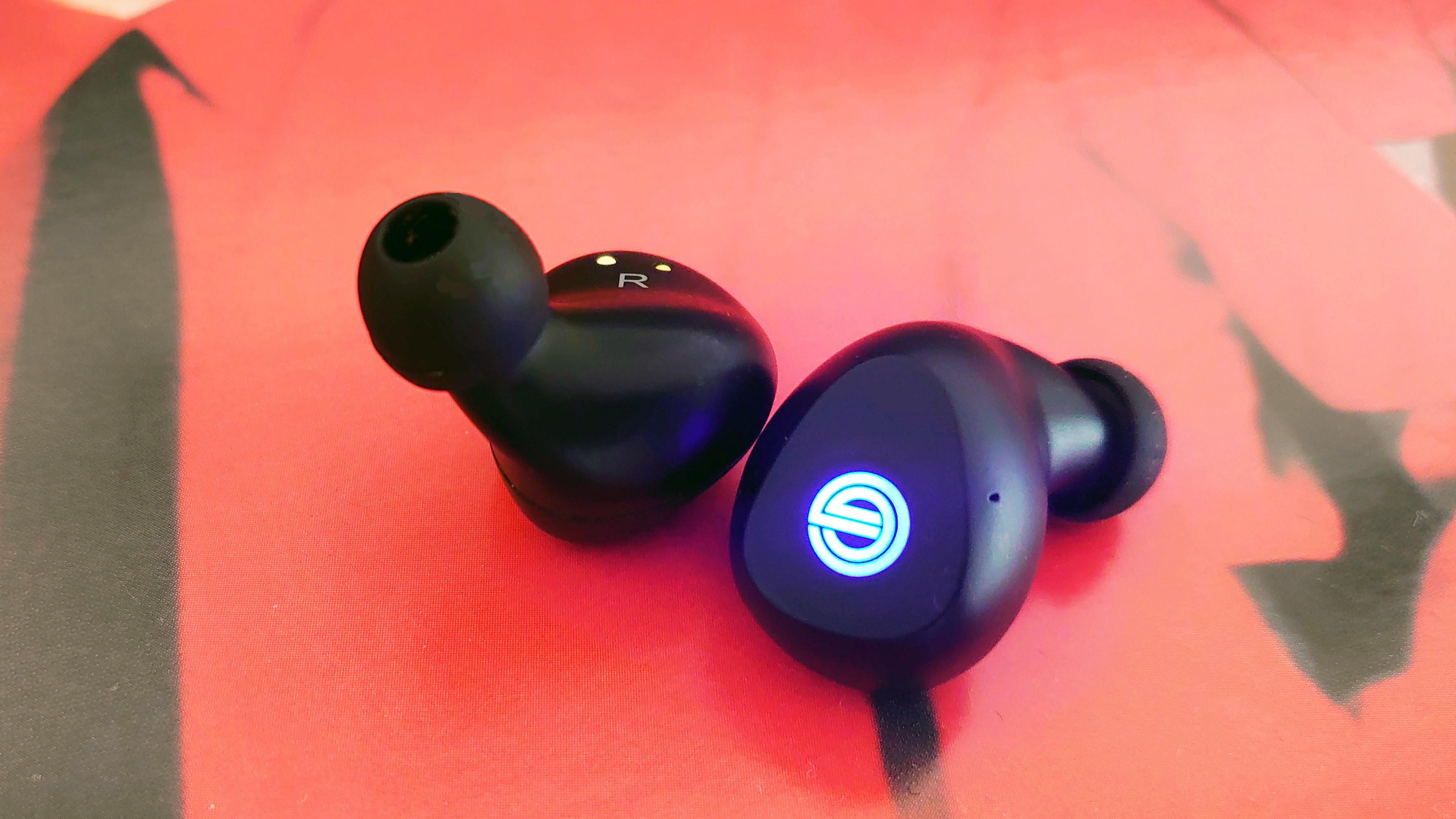
On the inside, the Grados are fitted with a single 8mm polyethylene terephthalate driver in each enclosure. Connectivity is via aptX Bluetooth 5, which is more than enough to ensure high-resolution digital audio files can be dealt with comfortably. AAC codec compatibility is included too. Perhaps we’re asking for the moon on a stick, but it’s rather strange in a product this expensive, and from a brand with Grado’s kind of audio reputation, that there’s no aptX HD capability, let alone aptX Adaptive.
Despite their very modest dimensions, the earbuds hold six hours of charge, and the 42g charging case (which can be topped up wirelessly from any Qi charging pad) is good for another five full charges. So unless you play at fearsome volume the whole time, an all-in total of 36 hours is achievable. Two hours’ charging is enough to bring the GT220 from ‘flat’ to ‘full’.
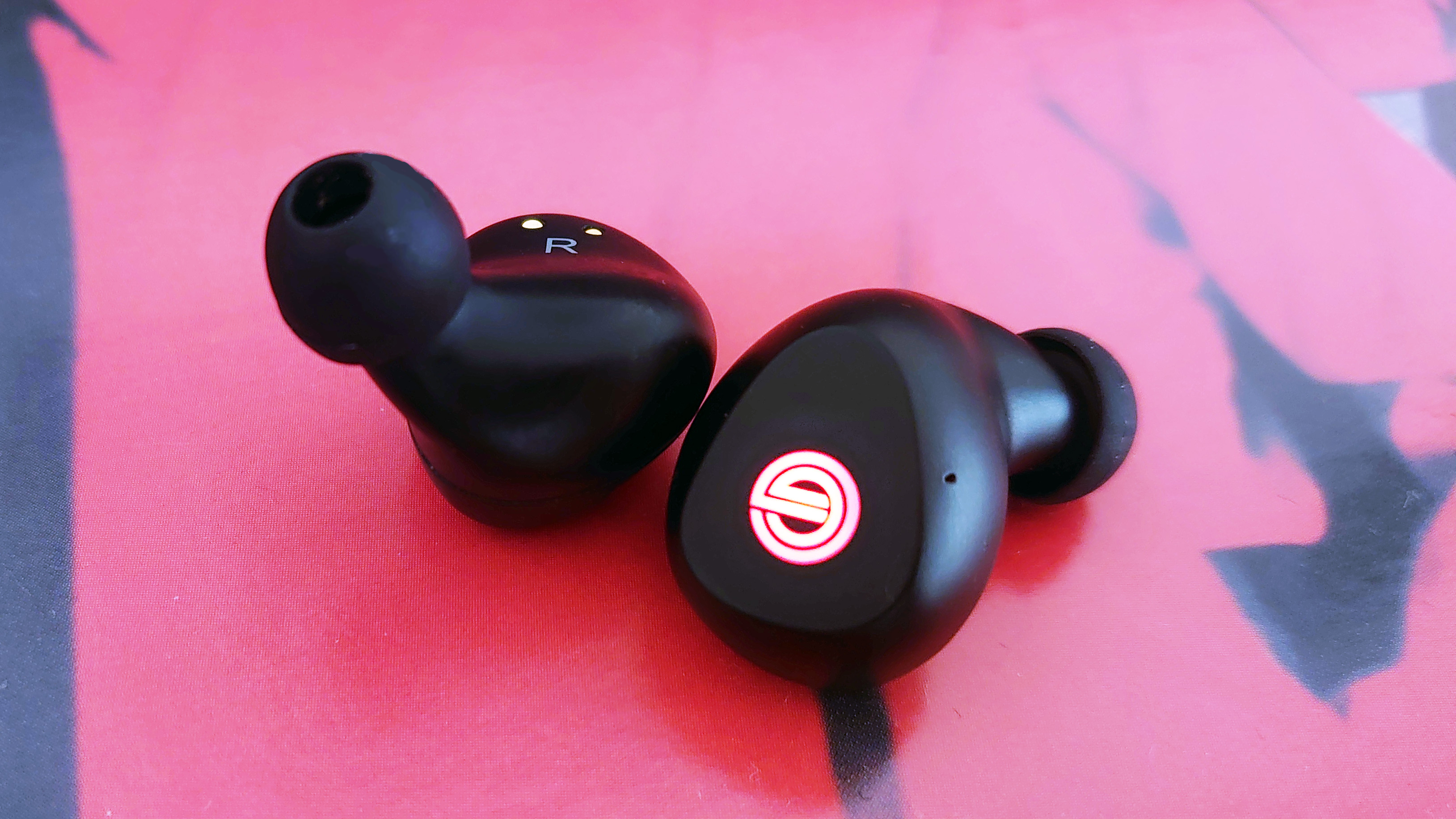
Audio performance
- Remarkably detailed, insightful sound
- Scale and dynamism to spare
- Timing, tonality and integration all impress
In truth, the ‘twist to lock’ action Grado recommends isn’t especially intuitive and you may need to invest a little more time than you might expect to get the GT220 fitted as you’d like. Do persevere, though, because these are among the most accomplished-sounding true wireless in-ears you can buy. There’s just no aspect of music-making at which the GT220 don’t excel.
Once through an MQA-powered Tidal Masters file of Bob Marley & The Wailers’ Turn Your Lights Down Low is enough for the Grados to establish their extensive credentials. The tonal balance, from the deep, detailed, textured lowest frequencies to the crisply attacking highest, is judged exquisitely. In the midrange, the vocal has more than enough breathing space at the front of the soundstage to communicate in spades.
Throughout, detail levels are sky-high – the GT220 pay forensic attention to the attack and decay of individual sounds, to the extent that the sound of Marley’s mouth as he finishes one note and prepares for the next is made obvious. Not overstated, you understand – just observed and communicated.
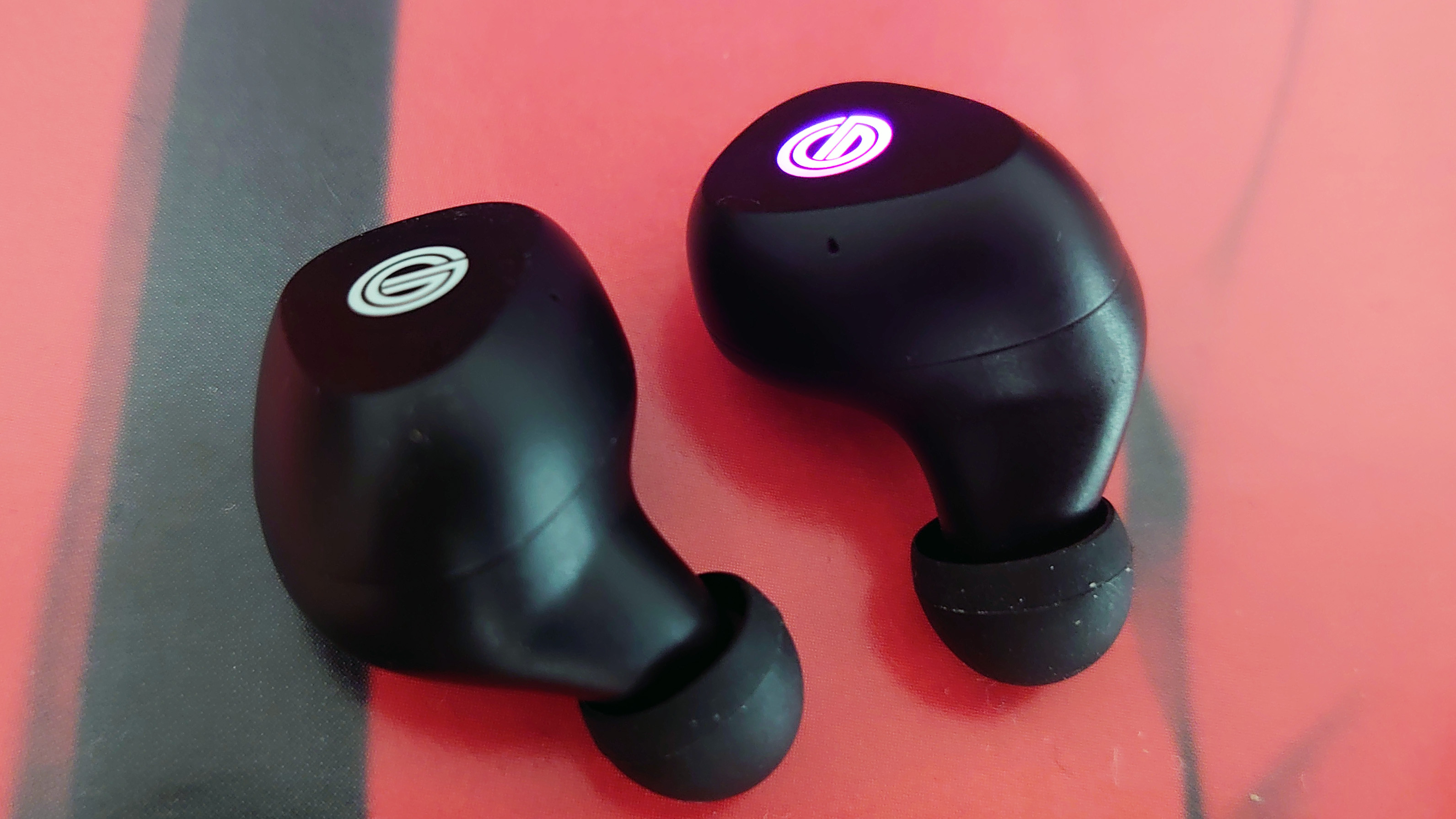
There’s so much space on the stage, it’s possible to identify the individual positions of the I-Threes as they deliver backing vocals. Every element of the recording, in fact, exists in its own pocket of space, securely isolated from the rest of the strands of the recording even as the Grados integrate them all together.
As far as the languid tempo and mildly choppy rhythm of the song are concerned, the GT220 describe them both with absolute positivity – it’s not easy to keep a song as pleasantly languorous as this moving forward without giving the impression of hurrying it, but the Grados handle it with complete confidence.
Dynamically, there’s not a lot of the ‘quiet/LOUD/quiet’ stuff going on in this recording, but the Grados deal with the smaller-scale, second-stage dynamics of harmonic variation just as assuredly as they handle every other facet of detail-retrieval. If it’s insight into a recording you crave, a proper understanding of every discrete element as well as an overview of the way they all hang together, the GT220 will delight you.
And this attitude of almost casual, yet complete, fidelity is carried over to any other genre of music you might care to listen to. From Aphex Twin’s Come On You Slags! to Princess Chelsea’s No Church On Sunday, from Duke Ellington’s take on Rhapsody in Blue to Mos Def’s Ms. Fat Booty, the Grados are unfazeable. They dish the details without sounding analytical, they individualize specific strands of a recording without ever sounding less than unified, they have the scale to deal with even the largest ensemble pieces without alarms, and they couldn’t care less about the type of music you like to listen to.
Should I buy the Grado GT220?
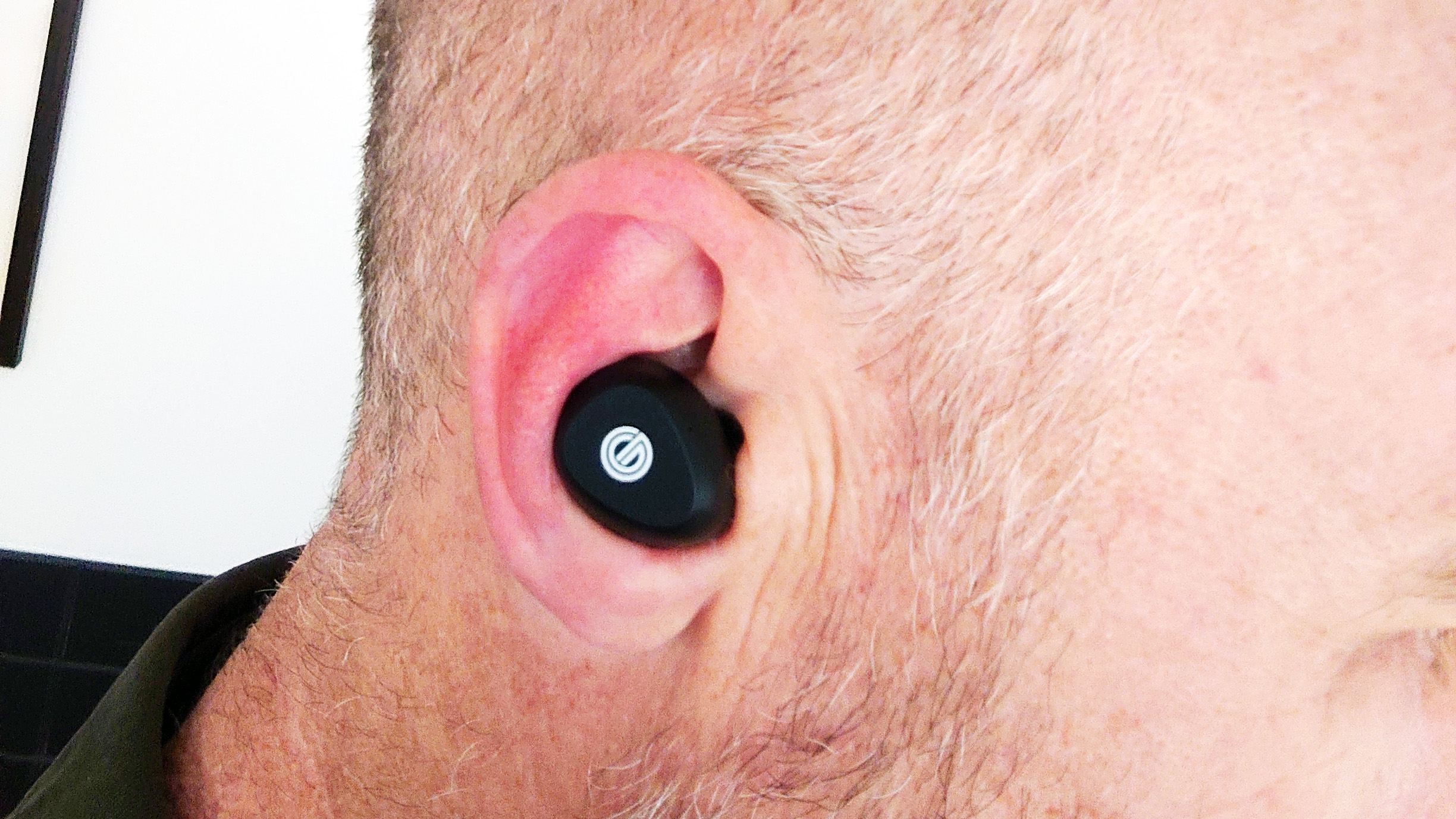
Buy them if...
You want the complete picture
The GT220 will peer deep into a song’s mix and extract every last scrap of information.
You listen to many different genres of music
The Grados like all the different types of music you like – which is nice.
You value discretion
There’s nothing showy about the way these earbuds look, with an understated design.
Don't buy them if...
You like fiddling with EQ settings
There’s no control app here, and consequently no adjustment of sound available. Nor is it necessary, to be quite honest.
The idea of active noise-cancelling appeals
The way the GT220 fit offers a degree of passive isolation, but Bose’s QuietComfort Earbuds are what you want where active noise-cancelling is concerned.
You want everyone to know you’re wearing expensive earbuds
The Grados may sound the money’s-worth all day long, but they don’t really look it.
- Looking for more? These are the best earbuds you can buy
Simon Lucas is a senior editorial professional with deep experience of print/digital publishing and the consumer electronics landscape. Based in Brighton, Simon worked at TechRadar's sister site What HiFi? for a number of years, as both a features editor and a digital editor, before embarking on a career in freelance consultancy, content creation, and journalism for some of the biggest brands and publications in the world.
With enormous expertise in all things home entertainment, Simon reviews everything from turntables to soundbars for TechRadar, and also likes to dip his toes into longform features and buying guides. His bylines include GQ, The Guardian, Hi-Fi+, Metro, The Observer, Pocket Lint, Shortlist, Stuff T3, Tom's Guide, Trusted Reviews, and more.

